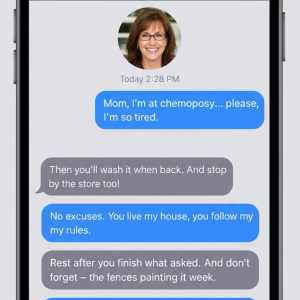Aneurysms are silent threats — they often show no symptoms until it’s too late. That’s why knowing the early warning signs could be lifesaving.
An aneurysm happens when the wall of a blood vessel weakens and bulges. If it bursts, it can lead to internal bleeding, stroke, or even sudden death. The most common types are brain (cerebral) and abdominal aortic aneurysms. While anyone can be at risk, factors like high blood pressure, smoking, and genetics raise the chances.
Here are symptoms you should never ignore:
For Brain Aneurysms:
Sudden, severe headache (often described as the worst headache ever)
Blurred or double vision
Stiff neck
Sensitivity to light
Drooping eyelid
Nausea or vomiting
Seizures
Loss of consciousness
For Abdominal Aneurysms:
Persistent pain in your lower back or abdomen
A pulsing feeling near your navel
Sudden, intense pain in the abdomen or back (if ruptured)
Low blood pressure, dizziness, or fainting
Don’t Wait — Act Fast
These symptoms can mimic other conditions, which is why people often overlook them. But if you or someone you know experiences any of these signs, seek medical help immediately. Early detection through scans can prevent tragedy.





